Hatha Surya Namaskara: A Complete Guide to the Classical Sun Salutation
Surya Namaskara, or Sun Salutation, is a foundational practice in Hatha Yoga, combining movement, breath, and mindfulness. Traditionally performed at sunrise facing the east, this sequence is not just a physical exercise—it’s a moving meditation that honors the sun as the source of life and energy.
In Hatha Yoga, Surya Namaskara is practiced slowly and mindfully, with deep awareness of breath and bodily sensations. It’s ideal for beginners and experienced practitioners alike.
Best Time to Practice –Morning, during sunrise when the air is fresh and the body is empty of food. You may also practice in the evening (before dinner), especially to relieve tension from the day. Avoid practicing right after meals.
Preparation
Before commencing the practice, stand with the feet together or slightly apart with arms hanging loosely by the sides of the body. Close the eyes gently and become aware of the whole physical body as a unit. Balance the body weight on both sides.
Take the awareness to the feet in contact with the ground. Feel the whole body pulled downwards by the gravity. At the same time feel the vital prana surging from the earth and vitalising the whole body. Bring the awareness from the top to the bottom of the body and feel this vital energy, releasing any tension and feeling in harmony with this energy.
Visualize a bright Sun light falling on the whole body and illuminating it. Accept the Sun’s energy in gratitude and start the practice.
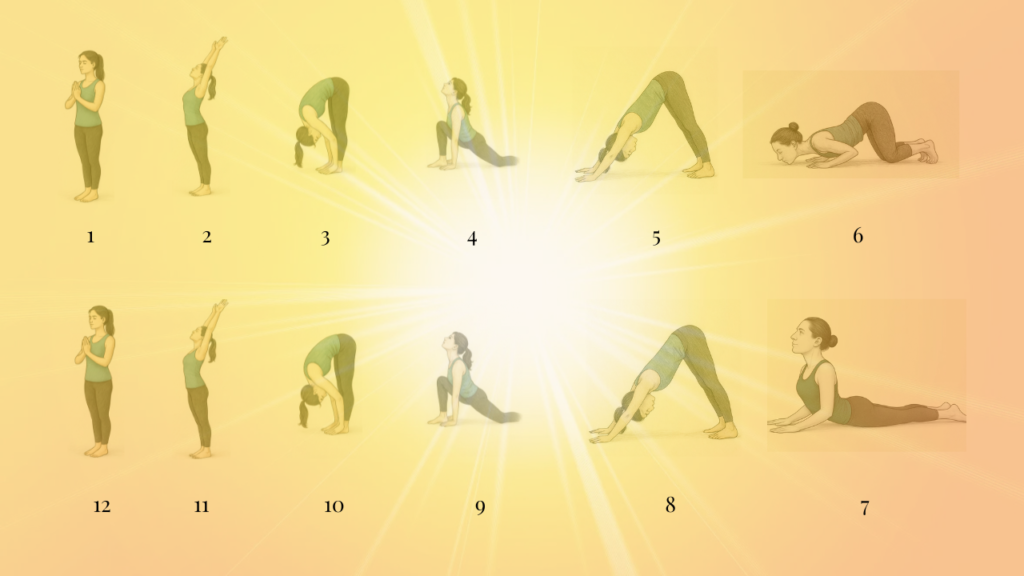
1. Pranamasana (Prayer Pose)
- How: Stand straight upright with the feet together. Feel the ground beneath you. Join palms together in front of the chest in Namaste Mudra, the root of the thumbs touching the chest, mentally offering homage to the Sun, the source of all life.
- Breath: Breathe normally
- Awareness – On Anahata (Heart) Chakra
Benefits:
- Promotes grounding and focus
- Balances the body and breath
- Calms the nervous system
2. Hasta Uttanasana (Raised Arms Pose)
- How: Inhale and lift your arms up above the head , both arms shoulder width apart. Bend the head, arms and upper trunk slightly backwards. Avoid compressing the lower back.
- Breath: Inhale
- Awareness – On Vishuddhi (Throat) Chakra
Benefits:
- Stretches the chest and shoulders
- Improves digestion
- Opens the heart and lungs
3. Padahastasana (Hand to Foot Pose)
- How: Exhale and bend forward from the hips. Try to touch the floor with your hands beside the feet. Bring the forehead as close to the knees as per comfort. Knees should be straight but can microbend slightly.
- Breath: Exhale
- Awareness – On Swadhisthana (Sacral) Chakra
- Caution – People with back problems should not bend forward fully. Bend only as far as comfortable
Benefits:
- Stretches hamstrings and spine
- Relieves anxiety and fatigue
- Enhances blood flow to the brain
4. Ashwa Sanchalanasana (Equestrian Pose)
- How: Inhale, Place your hands on the floor and stretch your right leg back as far as comfortable, knee on the floor and grasp the floor with the toes. Ensure the left knee is directly above the ankle. Look up.
- Breath: Inhale while stretching your right leg
- Awareness – on Ajna (Third Eyes) Chakra
Benefits:
- Opens hips and chest
- Strengthens thighs
- Stimulates digestive organs
5. Parvatasana (Mountain Pose)
- How: While Exhaling, bring the left leg back beside the right foot. Raise the buttocks and lower the head between the arms so that the back and legs form two sides of a triangle. Straighten the legs and arms to feel a good stretch and bring the heels down if possible. Bring the head down and gaze towards the Belly.
- Breath: Exhale
- Awareness – On Vishuddhi (Throat) Chakra
Benefits:
- Improves Posture
- Strengthens Legs and Core
- Enhances Body Awareness
6. Ashtanga Namaskara (Eight-Limbed Pose)
- How: With hands in place, lower the knees, chest, and chin to the floor. Hips slightly lifted. 8 points touch: toes, knees, chest, hands, chin. The hips and abdomen should be raised.
- Breath: No respiration
- Awareness – Manipura (Solar Plexis) Chakra
Benefits:
- Strengthens upper body
- Prepares the spine for deeper backbends
- Balances pranic energy
7. Bhujangasana (Cobra Pose)
- How: Keeping the hand and feet in place, Inhale and raise the head and then slide the chest forward and raise it into cobra pose. Elbows slightly bent, shoulders away from ears.
- Breath: Inhale
- Awareness – On Swadhisthana (Sacral) Chakra
Benefits:
- Strengthens spine and back
- Opens chest and lungs
- Stimulates abdominal organs
8. Parvatasana (Mountain / Downward Dog)
From Bhujangasana move into Parvatasana (same as position 5) without moving hands and feet.
9. Ashwa Sanchalanasana (Equestrian Pose – Left Leg)
- How: Inhale keeping the palms flat on floor, bring the left foot forward between the hands, right leg extended back. Look up. (Same as Position 4)
- Breath: Inhale
- Awareness – on Ajna (Third Eyes) Chakra
10. Padahastasana (Hand to Foot Pose)
- How: Exhale, bring the right foot forward to meet the left. Fold forward and bring the forehead as close to the knees as possible (Same as Position 3)
- Breath: Exhale
- Awareness – On Swadhisthana (Sacral) Chakra
11. Hasta Uttanasana (Raised Arms Pose)
- How: Inhale, rise up with arms overhead. Keep the arms separated shoulder width apart. Bend the head, arms and upper trunk slightly backward. (Same as Position 2)
- Breath: Inhale
- Awareness – on Vishuddhi (Throat) Chakra
12. Pranamasana (Prayer Pose)
- How: Exhale, return to Namaste pose with hands joined near the heart center (Same as position 1)
The above steps completes half round. One has to repeat the 12 positions to complete one full round.
In Positions 13 – 24 , the steps are same like Positions 1 to 12, the only difference is that in Step 4 instead of right leg, the left leg goes back and right leg stays, and similarly in Step 9 the right leg goes forward and left leg stays extended.
Benefits Of Surya Namaskara
Surya Namaskara offers a full-body workout that:
- Warms up and energizes the body
- Improves flexibility, strength, and circulation
- Activates prana (vital energy) through rhythmic breathing
- Harmonizes the left (ida) and right (pingala) energy channels
When practiced regularly, it enhances mental clarity, emotional stability, and spiritual connection.

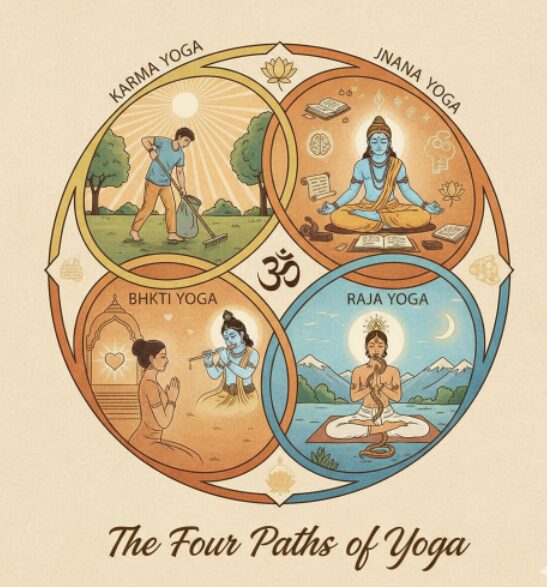
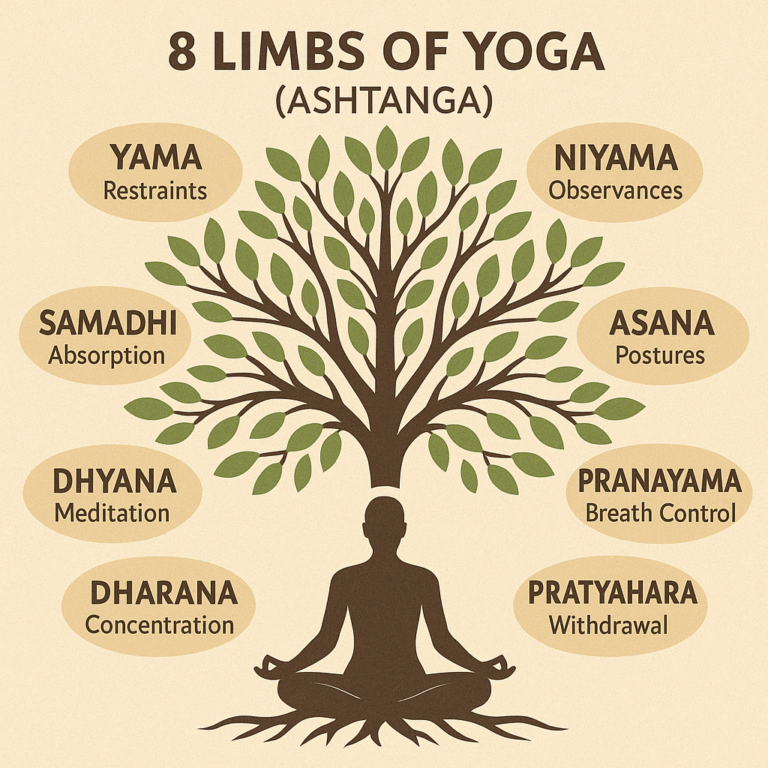
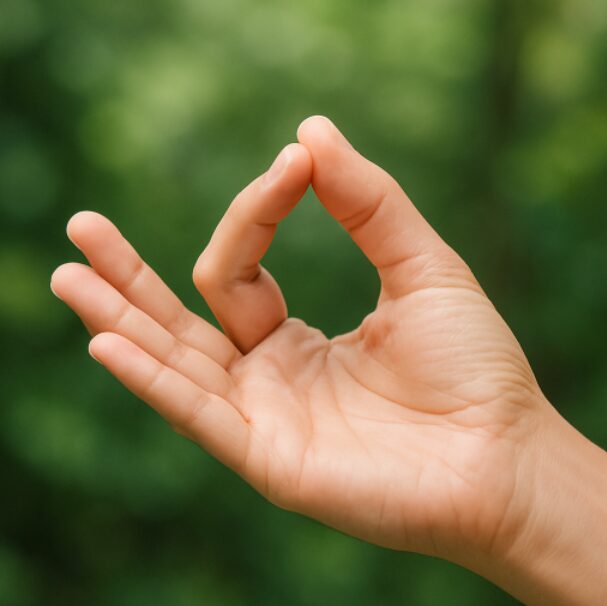
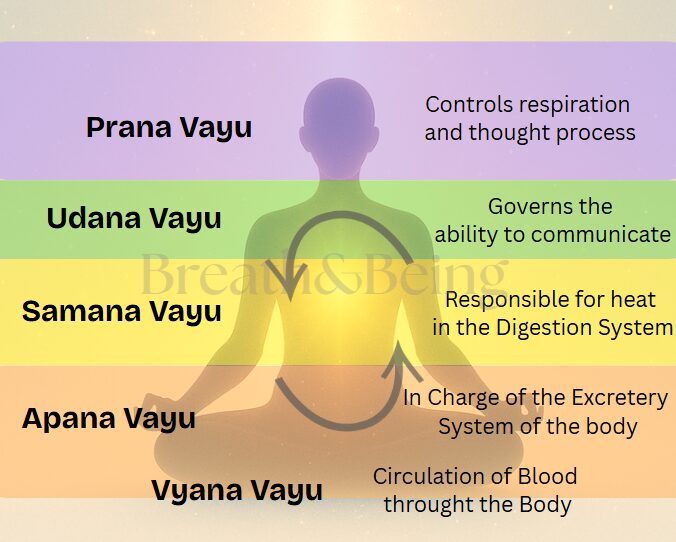

One Comment